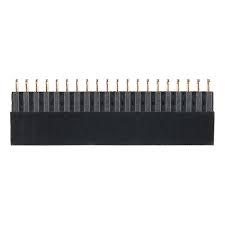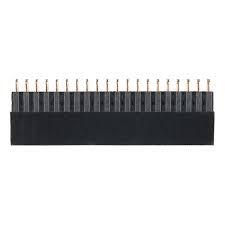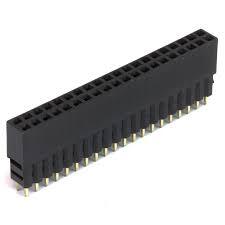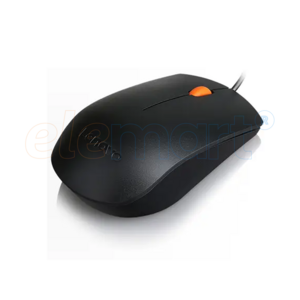Raspberry Pi GPIO Tall Header – 2×20
Brand: STMicroelectronics
Features
For B2B orders, contact us on
About this item
The Raspberry Pi GPIO Tall Header – 2×20 is a dual-row, 40-pin male header designed specifically for Raspberry Pi boards, particularly useful when stacking HATs (Hardware Attached on Top) or adding custom circuits. Featuring extended pin length, the tall header provides additional clearance and accessibility, making it ideal for prototyping, development, or integration into compact enclosures where standard headers fall short. Each pin corresponds to a specific GPIO (General Purpose Input/Output) on the Raspberry Pi, allowing for versatile connections including I2C, SPI, UART, PWM, and general digital I/O. This header supports a wide range of Raspberry Pi models that use the standard 40-pin GPIO layout, such as the Raspberry Pi 3, 4, and 5. Its gold-plated contacts ensure reliable and long-lasting connectivity, even under frequent use or in demanding environments. The tall profile makes it especially beneficial when using stacking headers or connecting to ribbon cables and GPIO breakout boards. Easy to solder and mechanically robust, the GPIO Tall Header is a staple component in Raspberry Pi-based electronics projects. Whether you're building a robotics project, sensor hub, or custom expansion board, this header gives you the flexibility and reliability needed for efficient prototyping and final designs.
Specifications
| Pin Count | 2×20 (40 pins total) |
|---|---|
| Row Configuration | Dual-row male header |
| Pin Pitch | 2.54 mm (standard) |
| Pin Material | Gold-plated brass |
| Tail (Pin) Length | Typically 10-11 mm |
| Compatibility | Standard 40-pin Raspberry Pi GPIO layout |
| Mounting Type | Through-hole |
| Applications | Stacking HATs, prototyping, GPIO expansion |



















